TravelDeparture Gate: Bocas del Toro
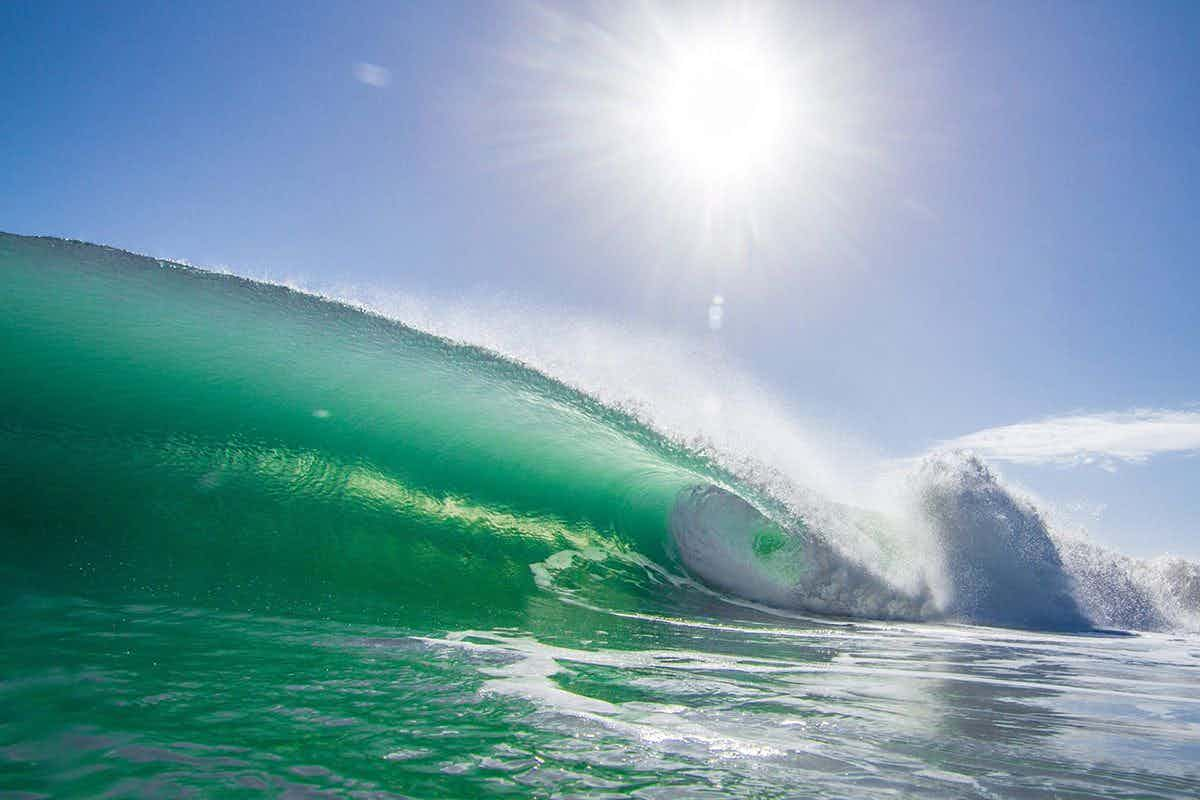
Waking up to sudden, seemingly world-ending downpours is not an out of this world possibility in Bocas del Toro. But even with the region’s climate being so inconsistent, its Caribbean waters are bound to offer the opposite when sought in the right season. Providing a plethora of crystal clear waves, from Indo-like points to top-end beach breaks, Bocas del Toro has the potential to blow your mind in every way, leaving you exhausted, sunburned, and with a hazy memory of magical surf sessions and good times.
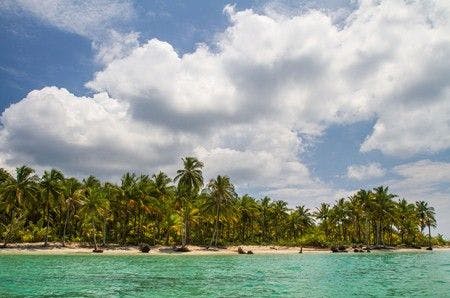
Scratching the border of Costa Rica, about 350km Northeast of Panama City, lays this beautiful and extensive archipelago, which consists of 9 major islands and 59 smaller ones. These islands seem to have been strategically placed by the forces of nature; sheltered by a mountain range to the West -which “filters” the wind-, and exposed enough to pick up most of the E-NE swells that originate from Caribbean winter storms. Its multicultural atmosphere makes it easy to get around, even if your Spanish feels rusty, or all you have in your pockets are U.S Dollars.
Amongst the islands, Colon, Careneros and Bastimentos are the ones with most views on google maps.
As the “capital” and arrival port (you’ll need to catch a 30min boat if coming by land), Isla Colon is usually where most choose to base themselves while in Bocas. It’s where the majority of shops, hostels, restaurants, ATMs, bike rentals and tour/boat operators are, and it also home to four of the six main surf spots in the archipelago.
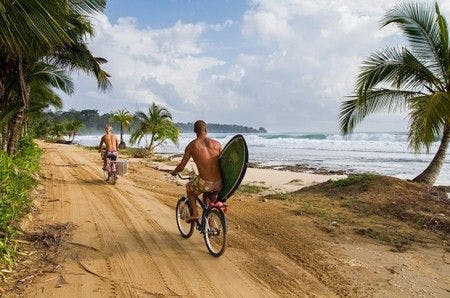
A 10min taxi ride from town – or 25min bike ride – will take you to Paki Point, a restaurant that sits right in front of Tiger’s Tail surf spot. Named after a sneaky rock which sticks out on low tide, this uncrowded yet consistent reef break offers an average calibre wave for the surfers who’d rather have quantity over quality.
Further down the road is Tiger Tail’s popular sibling: Paunch. With a choice of both rights and lefts (rights being a shorter ride), Paunch’s urchin-infested reefs hold a bit more swell, often lifting steep, long faces with a couple of barrelling sections. The only downside are the crowds, so early sessions may be well-worth it.
Surfing Paunch is probably the best choice for those who are not keen to go on any boat missions and don’t mind sharing their waves with a few other surfers.
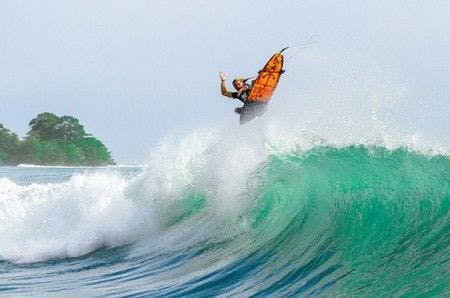
Still something of a “secret”, Dumpers is the next spot down the road. You’ll need a bit more experience and confidence on your take-off for a session at this shallow left-point, as there’s a wall of reef not too far away from the impact zone, and any silly mistakes can result in memories of having lemon rubbed into reef cuts rather than of good waves ridden.
Following the same dirt road will take you to magical and isolated Bluff, the last spot of any “land mission” around Isla Colon. A never ending white sand beach, that starts baring its teeth around January, turning previous lagoon-like waters into a barrel feast. A board-breaking, tube-spitting, warm-water heaven that can claim to be the reason why many jump on long flights and tiring bus/boat rides to get down there.
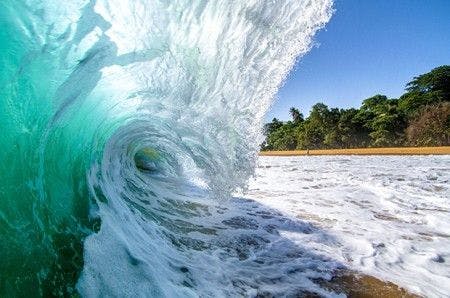
Back in town, a U.S.$1.00 bill will take you across to Isla Careneros, from where you can go on a 15 minute walk up to the point, or spare an extra U$2.00 and get the taxi-boat to take you all the way to the line-up. If long, crystal clear waves in a tropical setting is what you seek, Careneros Point has the capability of ticking all the boxes. When a good NE swell hits this long left-hander resembles Indo, and although crowds usually accompany the swell you can still catch waves by strategically positioning yourself along the different sections.
For those wanting a more jungle-like experience – or more serious surf – Isla Bastimentos is worth the 15min bumpy boat ride. With a couple of North facing beaches the island offers some consistent beach-break waves at First Beach (Wizards), as well as nice walks through nature reserves and eco-friendly resorts. When the swell picks up all attention is turned to Silverbacks, a reef platform that produces deep, clean barrels, making you consider dusting off your gun.
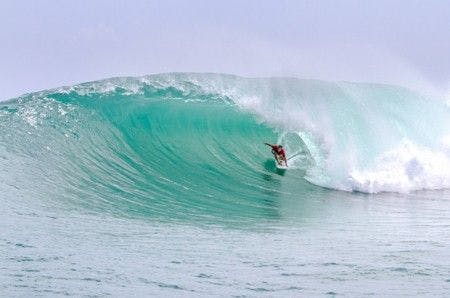
Like most quality surf spots around the world, Bocas hasn’t remained a secret for long, and uncontrolled development is clearly starting to have an impact The place’s cultural diversity is both a blessing and a curse, often making you forget that you’re in Panama -if it wasn’t for the food and inevitable Panamanian flag hanging on someone’s veranda-. Yet, its natural beauty, variety of activities and captivating energy is what makes the hostels fill up with people from all over the world every Northern-Hemisphere Winter.
Where: Fly to Panama City (PTY) and either take the overnight bus, rent a car or catch a domestic flight to Bocas del Toro Airport (BOC).
When: December to March
Why: Mainly point/reef breaks, with a couple of beach-break options on a tropical archipelago.
How: Any type of board will work for the point-breaks, just make sure to pack more than one. A short-board for Bluff’s barrels, and possibly a gun in case the swell really picks up or you’d like to take on Silverbacks.